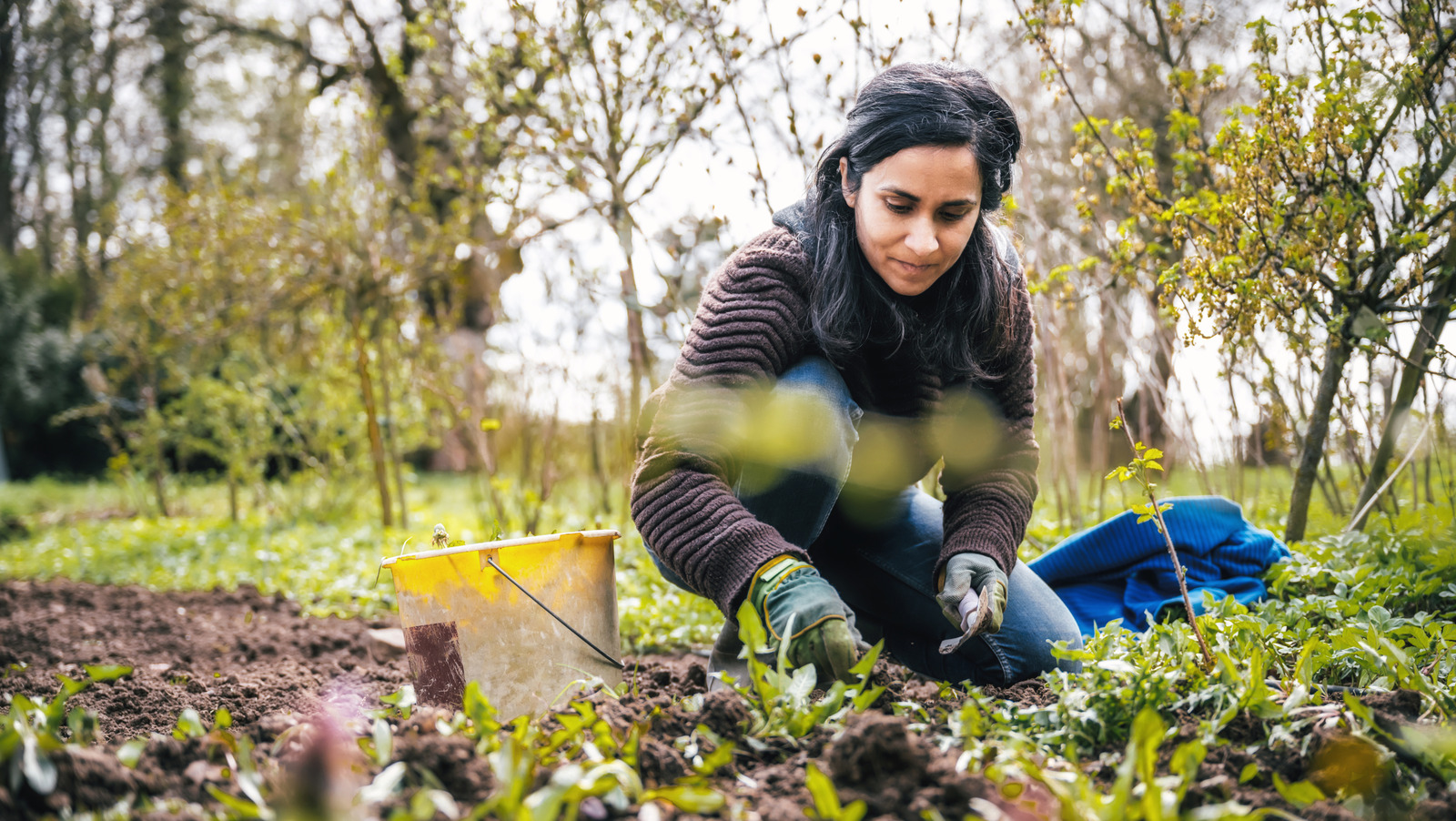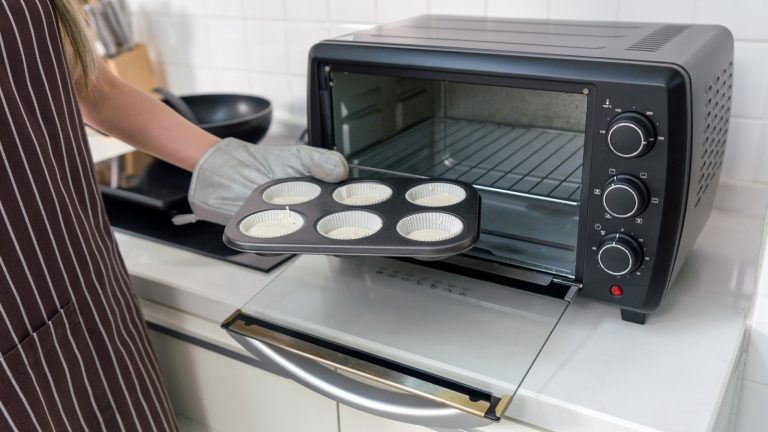
As March arrives, gardeners eagerly anticipate planting seeds. The aroma of sun-warmed soil invigorates us, and we dream of the lush greenery that will soon flourish in our carefully nurtured gardens. While many know that peas should be planted by St. Patrick’s Day, carrots are also excellent candidates for late winter sowing. These two vegetables, which complement each other so well, thrive when planted around this time.
Carrots thrive in cool weather and are well-suited for spring planting. Starting your carrot patch as the season changes allows them to become established before the intense summer heat arrives. Although many sources suggest planting carrots a few weeks before the last frost, which often means late April or May for many areas, early planting can be beneficial. Carrot seeds germinate well once the soil reaches 40 degrees Fahrenheit, making even cooler zones like zone 5 suitable for March planting. Mild freezing temperatures won’t harm your young carrots either.
Tips for Planting Carrots in Early Spring
To ensure your carrot seeds thrive, optimize their growing conditions. Select a location with deep, sandy, nutrient-rich soil that drains well and receives at least six hours of sunlight, ideally between eight and ten hours of direct sun.
Since carrot seeds are very small, mixing them with sand can help you spread them more evenly over the soil. You can also mix in radish seeds, which aid in seed distribution and help break up crusty soil, facilitating carrot germination. Radishes mature faster and can be harvested before they interfere with your carrots’ growth. Keep the seeds moist, and expect to see the first shoots within 14 to 21 days of planting.
If your area’s spring temperatures fluctuate significantly, consider using this carrot-growing tip: Many home gardeners recommend covering carrot seeds with burlap to retain moisture while allowing light and air to reach them. This can also insulate the young plants. Alternatively, cover the seeds with a layer of plastic to keep moisture and warmth in, but remember to remove it once sprouting begins.






